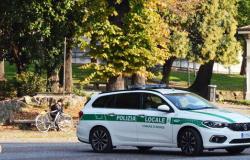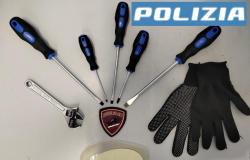Satisfaction of the governor Donatella Tesei: “We are above the Italian average”
During the previous meeting, in which the situation was taken stock of the Pnrr projects which see the large national players and the Region as implementing bodies, and the Pnrr Healthcare projects, the President of the Region, Donatella Tesei, had asked for a specific focus also regarding projects managed by Local Authorities.
The PNRR-PNC Coordination Service, responding to the request and as a general update, sent an illustrative report using the updated data extrapolated from the Regis platform in light of the massive loading imposed by the Legislative Decree. 19 of 2024.
Data, therefore, which represents the actual allocation of PNRR resources in a current and unequivocal manner.
The report shows how Umbria has intercepted 3.8 billion euros of Pnrr financing, a figure which, thanks to co-financing, reaches a total of 5.1 billion used to carry out 4,500 projects. Of these, 1435 see local authorities as implementing bodies for a total of 700 million euros of investment.
All 92 municipalities in Umbria have received funding from PNRR resources and 38% of these resources fall on the two capitals. Perugia is also the municipality that holds the project that intercepts the most resources (111 million for the construction of the rapid transit bus line – BRT) while Terni is the municipality with the highest number of projects eligible for funding (75).
Among the interventions that stand out, with a use of resources exceeding 5 million euros per project, are those of the Pinqua in Ponte San Giovanni, the Verdi monumental theater in Terni, the Alighieri school in Città di Castello, the Gualdo Cattaneo school complex, the renovation of the former tobacco factory in Marsciano, the Sordini school in Spoleto, the market square and Porta Orvietana in Todi, and the multipurpose center in Orvieto.
As for the state of implementation of the projects, as of March 31st, it is highlighted that the accounting commitments of local authorities amounted to over 430 million, i.e. 62% of the total amount, compared to 220 million on August 31st. This data underlines how there has been a clear acceleration in recent months.
An acceleration which in the same period was also recorded with regard to the actual payments already made, which amounted to approximately 100 million (at the end of August they were 36.5 million).
The President of the Region welcomed the report with satisfaction, underlining how both the “1,000 experts” project, which concretely began in autumn 2023, and the close collaboration and synergy established with Prefectures and ANCI Umbria have brought tangible results. “The Region – he underlined – has not only been able to set up and intercept the Pnrr resources reaching sums higher than the Italian average, but is demonstrating how it has also been able to support and support local authorities in this process”.






